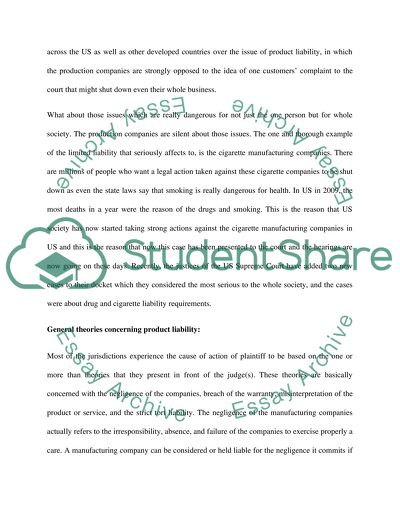Cite this document
(“Product Liability: The Case of Cigarette Manufacturers Essay”, n.d.)
Retrieved de https://studentshare.org/law/1392873-product-liability-http-wwwnytimescom
Retrieved de https://studentshare.org/law/1392873-product-liability-http-wwwnytimescom
(Product Liability: The Case of Cigarette Manufacturers Essay)
https://studentshare.org/law/1392873-product-liability-http-wwwnytimescom.
https://studentshare.org/law/1392873-product-liability-http-wwwnytimescom.
“Product Liability: The Case of Cigarette Manufacturers Essay”, n.d. https://studentshare.org/law/1392873-product-liability-http-wwwnytimescom.


